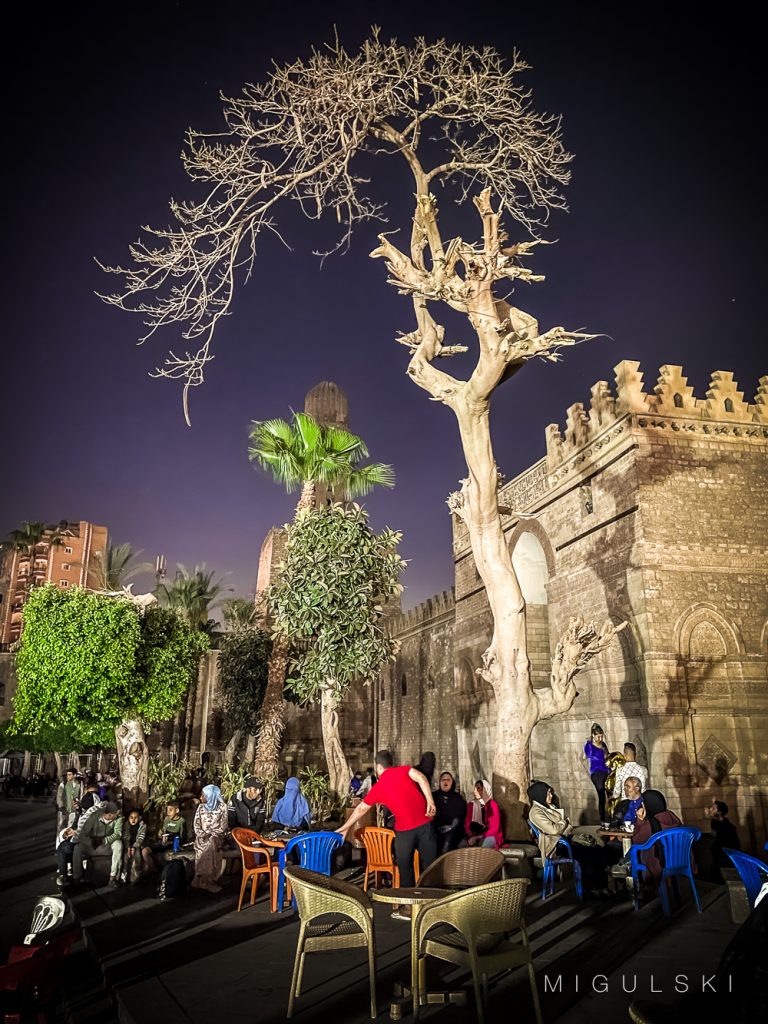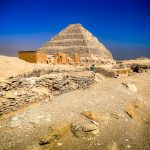
The Al-Hakim Mosque, also known as the Mosque of Al-Hakim bi-Amr Allah, is an important historical and religious site located in Cairo, Egypt. It is named after Al-Hakim bi-Amr Allah, the sixth Fatimid Caliph who reigned from 996 to 1021.
The mosque is situated in the heart of Cairo’s historic district, near the famous Khan el-Khalili market. It holds significance as one of the few remaining examples of Fatimid architecture in Cairo. The Fatimids were a Shia Muslim dynasty that ruled Egypt and North Africa during the medieval period.
The Al-Hakim Mosque was built between 990 and 1013 during the reign of Al-Hakim, and it serves as a testament to the architectural and artistic achievements of the Fatimid period. The mosque’s design is characterized by its intricate decorations, elegant archways, and use of geometric patterns, which are typical of Islamic architecture.
Sweet Minarets
One notable feature of the mosque is its minarets, which have a unique design. The mosque originally had two minarets, but only one remains standing today. The remaining minaret is square in shape and features ornate detailing.
Throughout its history, the mosque has undergone various renovations and restorations. It has also served different purposes over the centuries, including functioning as a place of worship and as a cultural and religious center. It has survived earthquakes, fires, and changes in political power, which is a testament to its historical significance and enduring presence.
Today, the Al-Hakim Mosque continues to be an active place of worship for Muslims and a popular site for both locals and tourists interested in exploring Cairo’s rich history and architectural heritage.




